
Pope Stephen III was Bishop of Rome and ruler of the Papal States from 7 August 768 to his death in 772.
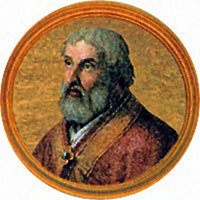
Sergius IV was the Pope from 31 July 1009 to his death.

Pope Formosus was Cardinal-bishop and Pope, his papacy lasting from 6 October 891 to his death in 896. His brief reign as Pope was troubled, marked by interventions in power struggles over the Patriarchate of Constantinople, the kingdom of West Francia, and the Holy Roman Empire. Formosus's remains were exhumed and put on trial in the Cadaver Synod.

Year in topic Year 1012 (MXII) was a leap year starting on Tuesday of the Julian calendar.
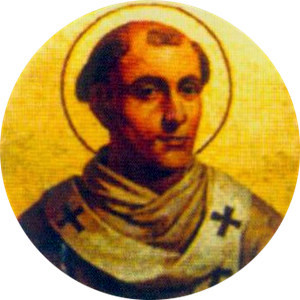
Pope Leo IV was pope from 10 April 847 to his death in 855. He is remembered for repairing Roman churches that had been damaged during Arab raids on Rome, and for building the Leonine Wall around Vatican Hill. Pope Leo organized a league of Italian cities who fought the sea Battle of Ostia against the Saracens.
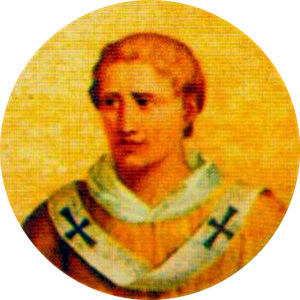
Pope Leo V was Pope from July 903 to his death in 904. He was pope during the period known as the Saeculum obscurum. He was thrown into prison in September 903 by the Antipope Christopher, and was probably killed at the start of the pontificate of Pope Sergius III. If his deposition is not considered valid, then his papacy may be considered to have ended with his death in 904.

Pope John XI was Pope from March 931 to his death in December 935.

Pope John VI was Bishop of Rome from 30 October 701 to his death in 705. John VI was a Greek from Ephesus who reigned during the Byzantine Papacy. His papacy was noted for military and political breakthroughs on the Italian peninsula. He succeeded to the papal chair two months after the death of Pope Sergius I, and his election occurred after a vacancy of less than seven weeks. He himself was succeeded by Pope John VII after a vacancy of less than two months. The body of the pope was buried in Old St. Peter's Basilica.
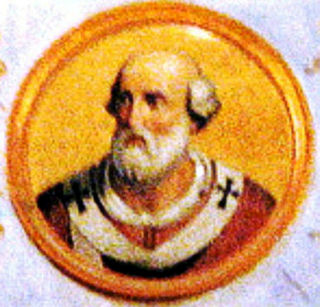
Christopher held the (anti)papacy from October 903 to January 904. Although he was listed as a legitimate Pope in most modern lists of Popes until the first half of the 20th century, the apparently uncanonical method by which he obtained the papacy led to his being removed from the quasi-official roster of popes, the Annuario pontificio. As such, he is now considered an antipope by the Catholic Church.
Saeculum obscurum is a name given to a period in the history of the Papacy during the first two-thirds of the 10th century, beginning with the installation of Pope Sergius III in 904 and lasting for sixty years until the death of Pope John XII in 964. During this period, the popes were influenced strongly by a powerful and allegedly corrupt aristocratic family, the Theophylacti, and their relatives.
Theophylact I was a medieval Count of Tusculum who was the effective ruler of Rome from around 905 through to his death in 924. His descendants would control the Papacy for the next 100 years.
Alberic I was the Lombard Duke of Spoleto from between 896 and 900 until 920, 922, or thereabouts. He was also Margrave of Camerino, and the son-in-law of Theophylact I, Count of Tusculum, the most powerful man in Rome.
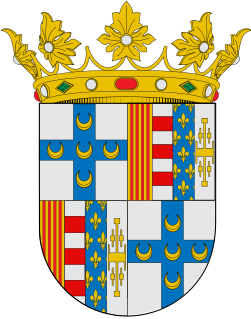
Medieval Amalfi was ruled, in the tenth and eleventh centuries, by a series of dukes, sometimes called dogi, corresponding with the republic of Venice, a maritime rival throughout the Middle Ages. Before the title of Duke of Amalfi was formally established in 957, various patricians governed the territory. Amalfi established itself as one of the earliest maritime trading powers renowned throughout the Mediterranean, competing with northern European cities.
Sergius II was Duke of Naples from 870 to 877.
This page is based on this
Wikipedia article Text is available under the
CC BY-SA 4.0 license; additional terms may apply.
Images, videos and audio are available under their respective licenses.










